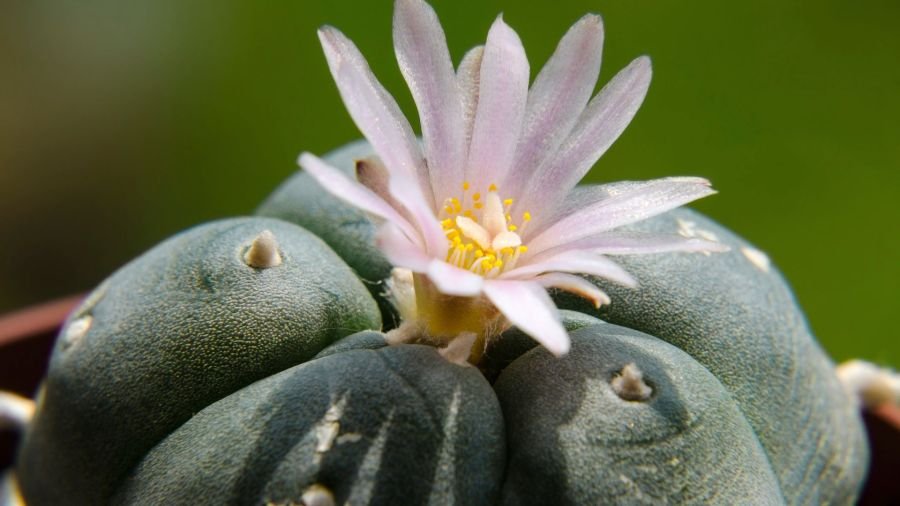
A Journey of Spiritual Revelation the Huichol Peyote Ceremony
Nestled within the rugged terrain of Mexico’s Sierra Madre Occidental, the Huichol people, also known as Wixáritari, uphold ancient traditions that intertwine with the natural world. Central to their spiritual practices is the ceremonial use of peyote—a sacred cactus revered for its profound visionary properties and role in guiding seekers to profound spiritual insights.
Sacred Journey: For the Huichol, the peyote ceremony is a sacred rite of passage—a journey into the depths of the soul and the realms of the divine. Led by shamans, or marakames, participants embark on a pilgrimage to remote peyote hunting grounds, where the sacred plant is harvested with reverence and gratitude. The ceremony unfolds over several days, marked by fasting, prayer, and communion with the spirit of peyote.
Connection to Nature: Peyote, known as hikuri in the Huichol (Wixáritari) language, is regarded as a sacred teacher and healer—a manifestation of the earth’s wisdom and the interconnectedness of all life. Through the ingestion of peyote, participants enter a heightened state of consciousness, where they commune with the spirits of ancestors, animals, and the natural world. Visions and insights gained during the ceremony are seen as divine revelations, offering guidance, healing, and illumination.
Symbolism and Mythology: In Huichol (Wixáritari) cosmology, peyote is intricately woven into myths and legends that shape their cultural identity. The journey to find peyote mirrors the spiritual quest for enlightenment, while the visions experienced are interpreted as messages from the gods and ancestors. The deer, a sacred symbol in Huichol culture, often appears in peyote visions, guiding seekers through the labyrinth of the subconscious and imparting ancient wisdom.
Artistic Expression: The visions and experiences encountered during the peyote ceremony inspire the Huichol’s (Wixáritari’s) vibrant artistic tradition. Through intricate beadwork, yarn paintings, and sculptures, they depict the kaleidoscopic imagery of their psychedelic journeys—translating mystical revelations into tangible forms of beauty and reverence. Each artwork serves as a testament to the transformative power of peyote and the Huichol’s (Wixáritari’s) deep spiritual connection to the natural world.
Challenges and Conservation: Despite its sacred status, peyote faces threats from overharvesting, habitat destruction, and unsustainable harvesting practices. Recognizing the importance of conservation, Huichol (Wixáritari) communities are actively engaged in efforts to protect peyote populations and preserve their traditional harvesting grounds. Through sustainable practices and cultural revitalization initiatives, they strive to ensure that future generations can continue to benefit from the wisdom of peyote.
Legacy and Continuity: As guardians of their cultural heritage, the Huichol (Wixáritari) remain steadfast in their commitment to preserving the sacred traditions of the peyote ceremony. Through their reverence for peyote and the insights it imparts, they cultivate a deeper understanding of themselves, their place in the world, and their enduring connection to the spiritual realm.


Leave a Reply